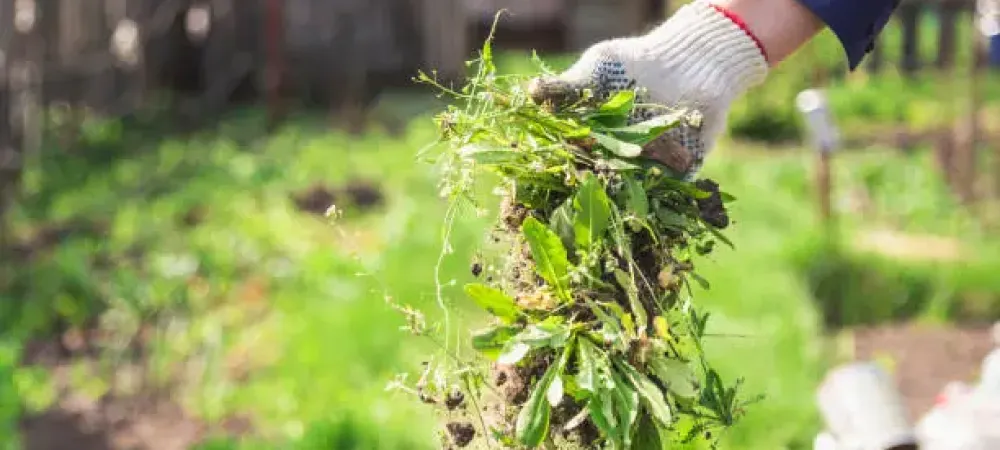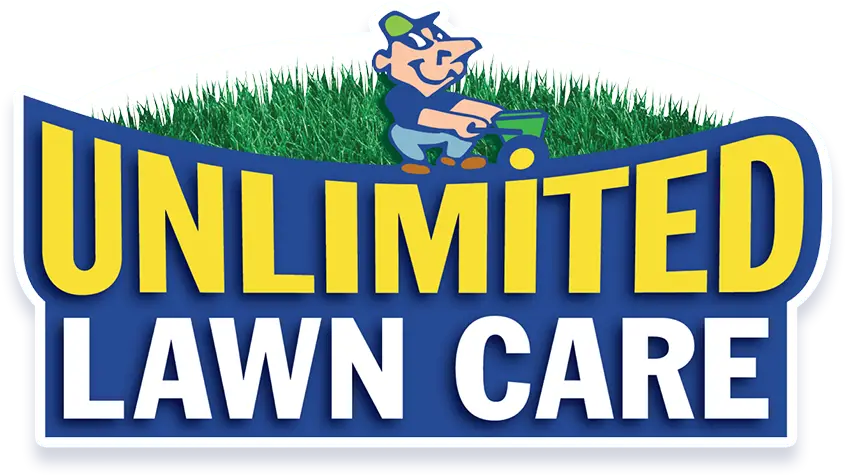Do Weeds Die In The Winter?

Winter can be a confusing time for homeowners battling weeds in their lawns and flower beds. As temperatures drop, lawns go dormant, and many plants slow their growth. But does this mean weeds die off entirely? Not exactly. Some weeds perish as the season changes, while others simply go dormant and return in full force once warmer weather arrives.
The best way to have total weed control is to understand whether or not the weeds in your yard are annuals or perennials, and the different treatment options for either type.
What Are the Most Common Weeds in the Southeast?
The Southeast, including Georgia, North Carolina, South Carolina, and Kentucky, has a variety of weeds that invade lawns throughout the year. Here are some of the most prevalent ones:
Annual Bluegrass (Poa annua)
- A winter annual that thrives in cool temperatures.
- Grows in dense patches and can outcompete turfgrass.
- Produces abundant seeds, making it challenging to control.
Chickweed (Stellaria media)
- A winter annual that appears in fall and remains through spring.
- Forms low-growing mats that smother desirable grass.
- Produces small white flowers and spreads through seed dispersal.
Crabgrass (Digitaria spp.)
- A summer annual that germinates in warm weather.
- Grows rapidly, spreading through seed production.
- Common in weak or thinning lawns with poor soil conditions.
Dallisgrass (Paspalum dilatatum)
- A warm-season perennial grass weed that thrives in moist, compacted soils.
- Grows in unsightly clumps with coarse leaves and tall seed stalks.
- Spreads through both seeds and underground rhizomes, making it difficult to control without targeted treatments.
Dandelion (Taraxacum officinale)
- A perennial broadleaf weed with deep taproots.
- Produces bright yellow flowers that turn into seed-filled puffballs.
- Can regrow from any root fragments left in the soil.
Wild Violet (Viola spp.)
- A tough perennial with deep roots and heart-shaped leaves.
- Spreads aggressively through underground rhizomes.
- Prefers shady, moist areas but can adapt to various conditions.
Henbit (Lamium amplexicaule)
- A winter annual that appears in the fall and thrives in early spring.
- Identified by its purple flowers and square stems.
- Competes with grass for nutrients and space.
Annual Weeds vs. Perennial Weeds
Understanding the life cycle of weeds is crucial for effective control. Weeds fall into two main categories: annuals and perennials.
Annual Weeds
Annual weeds complete their life cycle in a single season, meaning they sprout, grow, flower, and produce seeds before dying. Because they reproduce quickly and in large numbers, annual weeds can spread aggressively if left unchecked. These weeds can be further divided into winter annuals, which germinate in the fall and die in late spring, and summer annuals, which sprout in spring and die with the arrival of colder temperatures.
Some of the most common annual weeds in the Southeast include:
- Annual Bluegrass (Poa annua) – A winter annual that thrives in cool temperatures and produces large amounts of seeds.
- Chickweed (Stellaria media) – A winter annual that forms dense mats, smothering grass.
- Crabgrass (Digitaria spp.) – A summer annual that grows rapidly and spreads through seed production.
- Henbit (Lamium amplexicaule) – A winter annual with purple flowers that competes with turfgrass for nutrients.
Perennial Weeds
Perennial weeds are a persistent challenge for homeowners because they regrow year after year, often developing deep root systems that make them harder to eliminate. Unlike annual weeds, which complete their lifecycle in one season, perennials continue to spread through underground structures like rhizomes and taproots. Managing perennial weeds requires a combination of mechanical removal and post-emergent herbicide applications to prevent regrowth.
Some of the most common perennial weeds in the Southeast include:
- Dallisgrass (Paspalum dilatatum) – A warm-season perennial grass that forms dense clumps, spreads through seeds and rhizomes, and is notoriously difficult to control.
- Dandelion (Taraxacum officinale) – A broadleaf weed with deep taproots that can regenerate from fragments left in the soil.
- Wild Violet (Viola spp.) – A resilient weed that spreads through underground rhizomes, making it difficult to control.
- Plantain (Plantago spp.) – A tough weed with broad leaves that thrives in compacted soil and spreads through seed dispersal.
- Clover (Trifolium spp.) – A low-growing perennial that can quickly take over lawns, competing with grass for nutrients.
- Nutsedge (Cyperus spp.) – A fast-spreading weed with underground tubers that make it challenging to eradicate completely.
Annual weeds are best controlled with pre-emergent treatments before they germinate, while perennial weeds require a combination of post-emergent herbicides and mechanical removal.
When Do Weeds Stop Growing?
In the Southeast, weeds don't necessarily stop growing at the first sign of winter. Many winter annuals begin their life cycle in fall and thrive in the cooler months before dying off in late spring. Perennial weeds, on the other hand, slow their growth but remain alive underground, waiting for warmer temperatures to reemerge.
Key seasonal factors affecting weed growth include:
- First frost: Many summer annuals die when temperatures drop, while perennials continue to grow their root systems in the fall and winter.
- Dormancy periods: Perennials slow down or stop growing above ground entirely, but do not die.
- Soil temperature: Germination of winter weeds can continue as long as soil temperatures remain above freezing.
Professional Weed Control Options
Keeping your lawn weed-free year-round requires strategic treatments at the right time. Our professional weed control services offer:
- Pre-emergent treatments to prevent annual weeds from germinating.
- Post-emergent herbicide applications to target actively growing weeds.
- Lawn fertilization and maintenance to promote thick, healthy grass that naturally crowds out weeds.
- Flower bed weed control to eliminate unwanted growth in mulched areas, sidewalks, and garden beds.
Don't let weeds take over your lawn this winter. Your local Unlimited Lawn Care team is ready to help with tailored treatments designed for southeastern lawns. Contact us today to schedule your next weed control service and keep your yard looking its best all year long!
